4 Nights / 5 Days
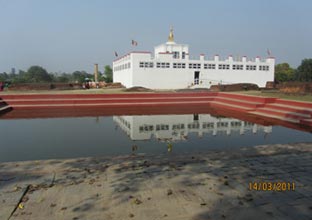
South - western part of Nepal evokes a kind of sacred South - Western Terai of Nepal, evokes a kind of holy sentiment to the millions of Buddhists a sentiment to the Buddhist world. Lumbini present as apostle of peace and the light of Asia after the birth of Lord Buddha in 250 BC. Historically, the region is exquisite treasurer of ancient ruin antiquities back to Christian era and the sites described a beautiful garden in Buddha’s time has still retain it’s legendry charm and beauty.
Asokapillar
The Ashoka Pillar
Discovered by the famous German archaeologist Dr. Fuhrer, the pillar is the first epigraphic evidence relating to the life history of Lord Buddha and also the most visible landmark of the garden. The historic importance of the pillar is evidenced by the inscription engraved in the pillar (in Brahmi script). It is said that the great Indian Emperor Ashok visited the site in the third century BC. as homage to the birthplace erected the pillar.
Puskarni - The Sacred Pool
South of the Ashokan Pillar, there is the famous sacred pool - 'Puskarni' believed to be the same sacred pool in which Maya Devi took a holy dip just before giving birth to the Lord Buddha and also where infant Buddha was given his first purification bath.
Image of Maya Devi
In addition to Ashokan Pillar there are some importance shrines the bas - relief image of Maya Devi, enshrined in a small pagoda. Maya Devi herself by holding with her right hand to a branch of Sal tree, with newly born infant Buddha standing upright on a lotus pedestal an oval halo.
Kapilvastu: It located 27 km. west of Lumbini and the ruin historic town and believed that the capital of Shakya dynasty. Kapilvastu has been identified with Tilaurakot the place believed to have been associated with different important episodes: there are some ruins old Stupas and monasteries made of kiln - burnt bricks and clay - mortar. The remains are surrounded by a moat and the wall of the city is made of bricks. Pali text Sumangala Vilasini, elaborates that the exiled sons of King Okkaka of Kosala established Kapilvastu. The first nunnery, in the Buddhist history was established in Kapilvastu.
Kudan: It is lies the village of Kudan about four and a half kilometers south of Tilaurakot. In the vicinity of the village there are huge mounds of structural ruins and a tank nearby that appear to be the remains of stupas and monasteries. According to archeologist P.C.Mukherjee the remains are those of Nigrodharma, where King Suddhodhana met Lord Buddha. The remains may also the “Kasaya” stupa where a kasaya (yellow robe) was presented to Lord Buddha. However, this has not been confirmed. Some scholars believe that Kudan is Kshemavati, the birthplace of Krakuchanda Buddha.
There is a shrine which was once the residence of Akshyobhya Buddha. The tympanum at the shrine has unique four handed image of Shankar Narayan. There are several images of Sadakshari Lokesvara, Shahasrabhuja Lokesvara, Lakshmi, Uma and Buddha.
Gotihawa: This is a village about 5 km. southwest of Taulihawa. In the village there is an Ashok Pillar the upper part of the pillar is broken and lost and only the lower part of the pillar 3.5m. high is still intact. Adjoining the pillar towards its northeast there is a huge stupa with successive ring of wedge shaped Mauryan bricks.
Niglihawa: About 8 km, northwest of Taulihawa, there is another archaeological significance site The site has quadrangular tank surrounded by bushes, locally known as Niglisagar. On the western Bank of the tank there are two broken pieces of the Ashokan pillar, the longer one laying flat and the shorter ones stack into the ground. The pillar bears 2 peacocks on the top part and a Devanagari script inscription reading Om mani Padme Hun Ripu mallasya Chiran Jayut 1234.'
Sagarhawa: About 12 km. north of Taulihawa, there is a forest area called Sagarhawa. In the midst of the forest there is a huge rectangular tank, which is popularly known as Lumbusagar, or a long tank. The ancient tanks ruins, which were excavated and identified by Dr. Aslois a Fuhrer as the ‘Palace of massacre of the Shakyas’ can still be located on the west south banks of the Sagar.
Devadaha: It is the parental home of Queen Maya Devi, mother of Lord Buddha which is situated 38 kilometres east of Lumbini near the village of Khairhani. Devadaha was the capital of the erstwhile capital Koliyas dynasty.
Some Buddhist literature mentions that there was a tradition among the Sakyas and Koliyas to give birth of the first child in the mother's parent's house. There was a close affinity between Koliyas and Shakyas which was established by intermarriage. Between these two towns flowed a small river Rohini. On the bank of the Rohini or Rohita were gardens. Perhaps to observe the tradition, Maya set off to her parent's house in Devadaha, but she gave birth to her child on her arrival at Lumbini. Devadaha means the tank of the gods.
The Ramgram :
The Ramgram is 60 km to the east of the holy place of the Buddha's birth. The King of Ramgram Kingdom was one of the eight Kings who obtained Buddha's relics and he also built a pagoda, which is named Ramgram Pagoda. And the relics were in it for offering. A dragon King was in the pond near the pagoda and the dragon King often kept guard to the pagoda and paid worship to it all day and night.
Emperor Ashoka wanted to open the eight Pagodas to make eighty - four thousand pagodas except the Ramgram. The dragon King appeared when Emperor Ashoka wanted to damage the Ramgram pagoda. Emperor Ashoka saw that the dragon King was paying worship and was offering to the pagoda. The dragon King said, "if you could do better offering than this, you could do damage this pagoda and nobody would stop you." Emperor Ashoka knew that no offering in the world would be like this and he could not do better than the Dragon King, so he went back to his country without damaging the pagoda.
Arrival in Kathmandu airport and trensfer to hotel.
After breakfast full day sightseeing in Kathmandu
Afterbreakfast fly or drive to Lumbini (aprox 7 to 8 hour by drive and flight 30 munites) and hotel check in after few munites rest go to visit Lumbini graden birth place of lord Buddha and overnight at hotel.
Full day visit of Kapilvastu – Kudan-Gotihawa – Niglihawa – Sagarhawa-Devadaha- Tilaurakot-Ramgram
After breakfast proceed for fly or drive back to Kathmandu or other destination.
You can always send to us an email, which fast, reliable and friendly! We’re here to serve your needs. You can simply fill up the form given bellow and submit it. Either you can ring us during our office hours. Read More...
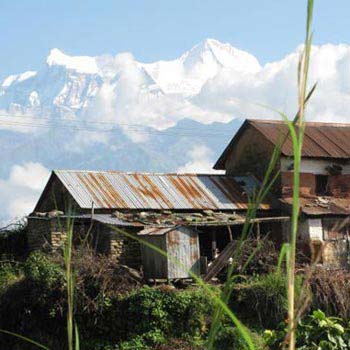 8D/7N
8D/7N
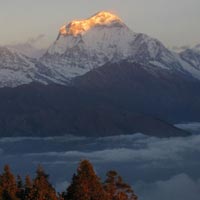 14D/13N
14D/13N
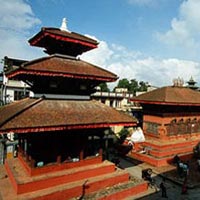 4D/3N
4D/3N
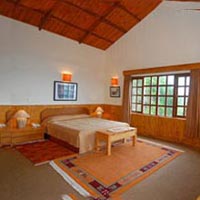 7D/6N
7D/6N
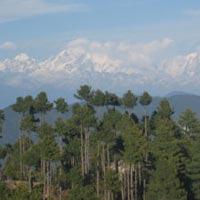 8D/7N
8D/7N
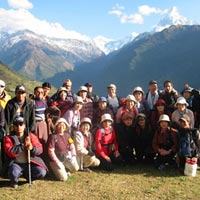 10D/9N
10D/9N
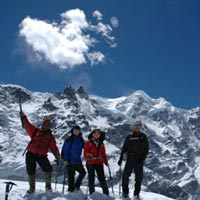 21D/20N
21D/20N
Mera Peak Climbing in Nepal Package
Kathmandu - Lukla - Patan - Fatehpur Sikri - Goa City - Ha Noi - Doha
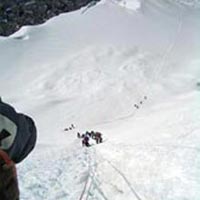 22D/21N
22D/21N
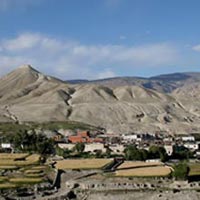 17D/16N
17D/16N
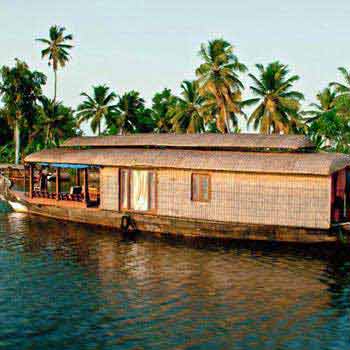 5D/4N
5D/4N
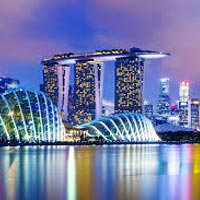 5D/4N
5D/4N
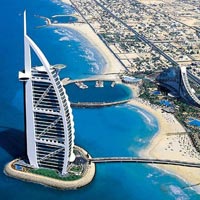 5D/4N
5D/4N
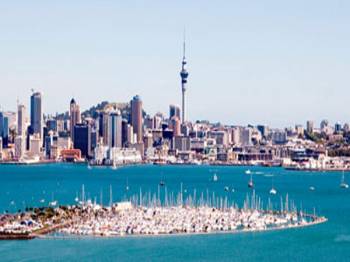 5D/4N
5D/4N
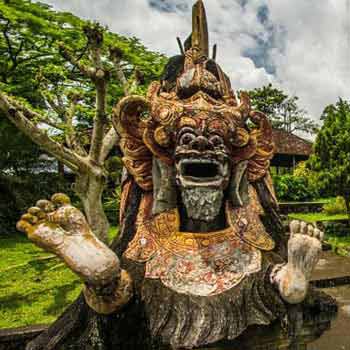 5D/4N
5D/4N
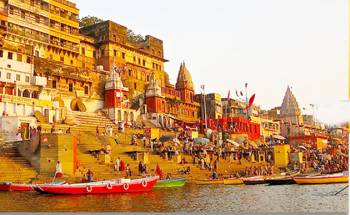 5D/4N
5D/4N
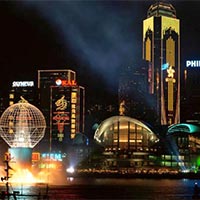 5D/4N
5D/4N
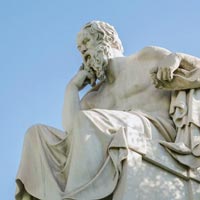 5D/4N
5D/4N
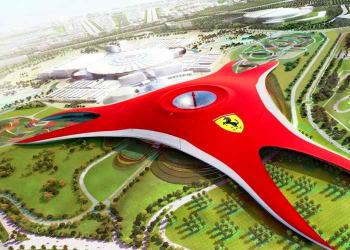 5D/4N
5D/4N
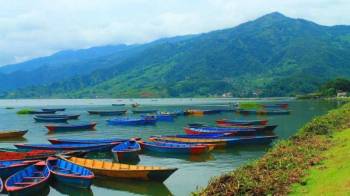 12D/11N
12D/11N
11 Nights - 12 Days Nepal Tour From Gora..
Prayagraj - Gorakhpur - Varanasi - Ayodhya - Kathmandu - Pokhara - Chitwan - janakpur
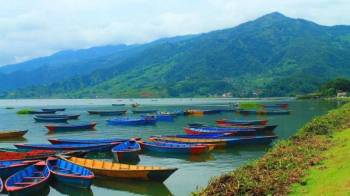 12D/11N
12D/11N
11 Nights - 12 Days Nepal Tour From Gora..
Prayagraj - Gorakhpur - Varanasi - Ayodhya - Kathmandu - Pokhara - Chitwan - janakpur
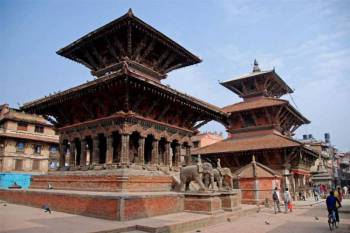 12D/11N
12D/11N
11 Nights - 12 Days Nepal Tour Package - 2
Prayagraj - Gorakhpur - Varanasi - Ayodhya - Kathmandu - Pokhara - Chitwan - janakpur
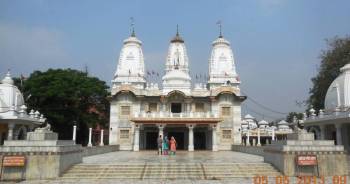 12D/11N
12D/11N
Prayagraj - Gorakhpur - Varanasi - Ayodhya - Kathmandu - Pokhara - Chitwan - janakpur
 8D/7N
8D/7N
8D Kathmandu - Chitwan - Pokhara - Lumbi..
Kathmandu - Pokhara - Lumbini - Chitwan - janakpur
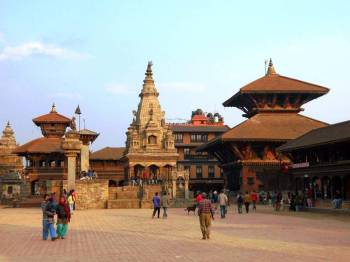 3D/2N
3D/2N
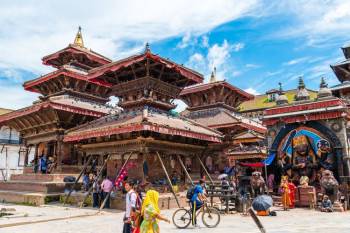 6D/5N
6D/5N
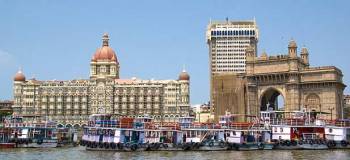 18D/17N
18D/17N
Best of North & West India with Nepal Tour
Mumbai - Kathmandu - New Delhi - Jaipur - Fatehpur Sikri - Agra - Jhansi - Varanasi..